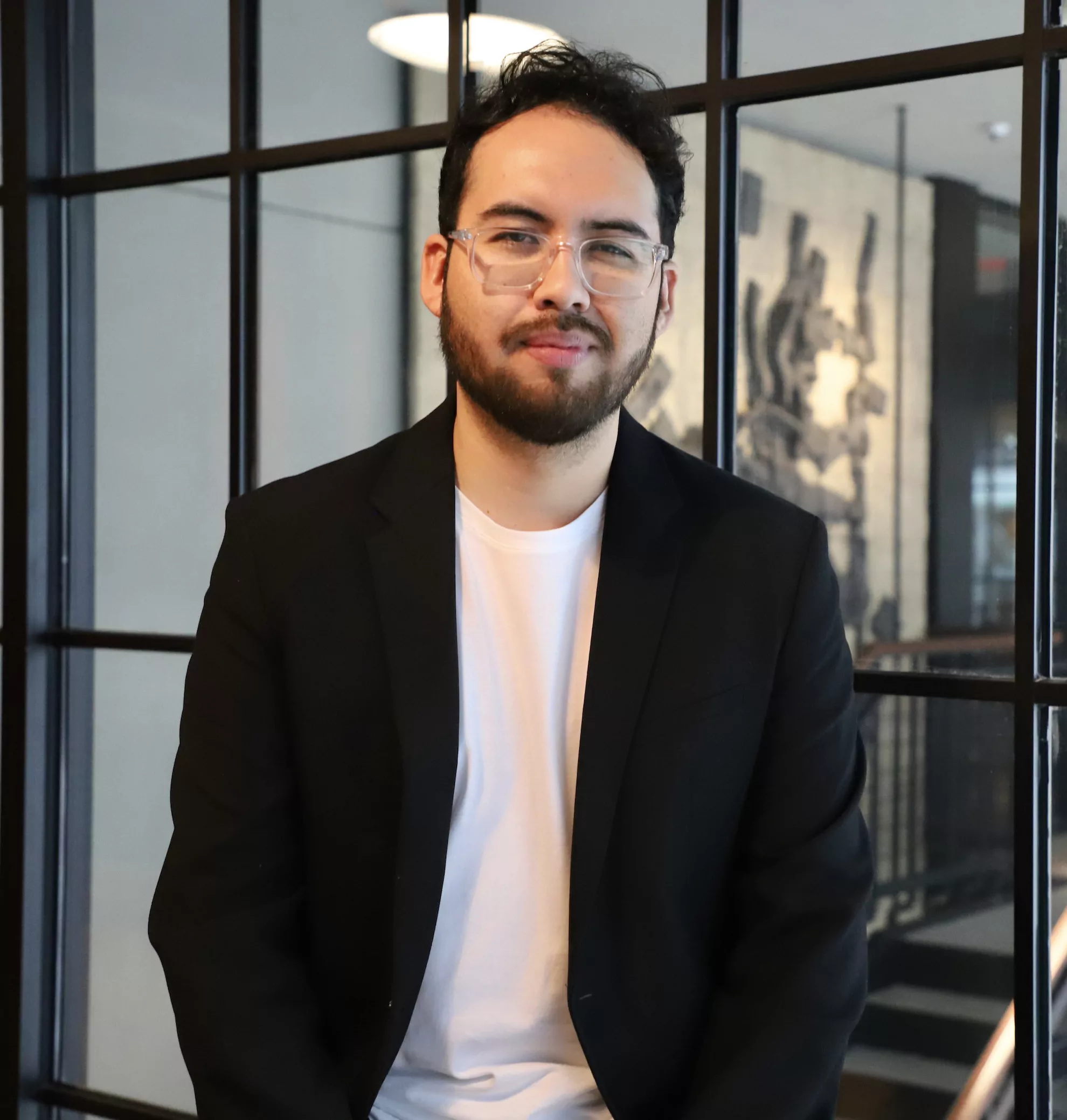Marcos Echeverría Ortiz is an award-winning interdisciplinary journalist, photographer, and documentary maker practicing transmedia storytelling. His work uses hybrid media to explore the immigrant experience in New York City through stories connected to memory, archives, identity, underground music, and human rights.
2023 Culture & Narrative Fellows Our Fellows
Marcos Echeverria Ortiz
(he/him)

About
Marcos Echeverría Ortiz is an award-winning interdisciplinary journalist, photographer, and documentary maker practicing transmedia storytelling. His work uses hybrid media to explore the immigrant experience in New York City through stories connected to memory, archives, identity, underground music, and human rights. His work has been exhibited and installed in Spain, Germany, Puerto Rico, Panamá, Argentina, Colombia, Ecuador, and the US. He has recently covered social justice movements and worked with organizations such as NYCC, Make The Road New York, and Lincoln Center. His writings and photos have been published in the Latinx Project at NYU, Noisey VICE, among other media outlets. Marcos was a fellow of the Provost Scholarship at The New School, where he graduated with honors from the MA program in Media Studies. His most recent project is “Where We Were Safe,” an idoc/oral history archive about how the lost and destroyed salsa music landmarks in New York City informed community resistance in the abrasive 1970s.
Mediums: Film, Non Fiction Writing, Mixed Media/Installation, Digital
Location: Queens, NY
Contact
2023 Fellow
Marcos on His Project
For the last 80 years, Black and Latino barrios in New York City have suffered the drastic effects of racist urban policies and neoliberal agendas now mirrored in hypergentrification. Consequently, their historical sites, cultural hubs, and family businesses have experienced a silent erasure. My project is “Where We Were Safe,” a collaborative, interactive documentary and oral history archive that focuses on collecting memories about the historic but destroyed Salsa music places in New York City, such as ballrooms, clubs, record stores, and outdoor venues. By combining digital mapping and cultural memory, this project aims to reconstruct historical space and recover these sites’ heritage through a lens of social, racial, and cultural dynamics that fed the Latin experience in the 1970s. As barrios suffered from abandonment and decay, playing and dancing to Salsa provided a sense of empowerment to organize, thrive, and occupy private and public space. The project explores how these obliterated landmarks provided a safe space and helped the Latino community mediate dynamics of resistance.
During the fellowship, I plan to focus on developing the next phase of “Where We Were Safe” as a more active/place-based approach. I’m interested in using my interactive archive as an educational tool to empower communities whose stories and history have been underachieved and under-preserved. Narrative autonomy/freedom is fundamental for creating a more dignified and accessible future. Communities should have the means of locating, evaluating, rendering, and archiving their own stories, especially when they have often been altered, dismissive, and overlooked. This practice is a powerful and autonomous way of reclaiming and revising their cultural and social role under oppressive systems.


